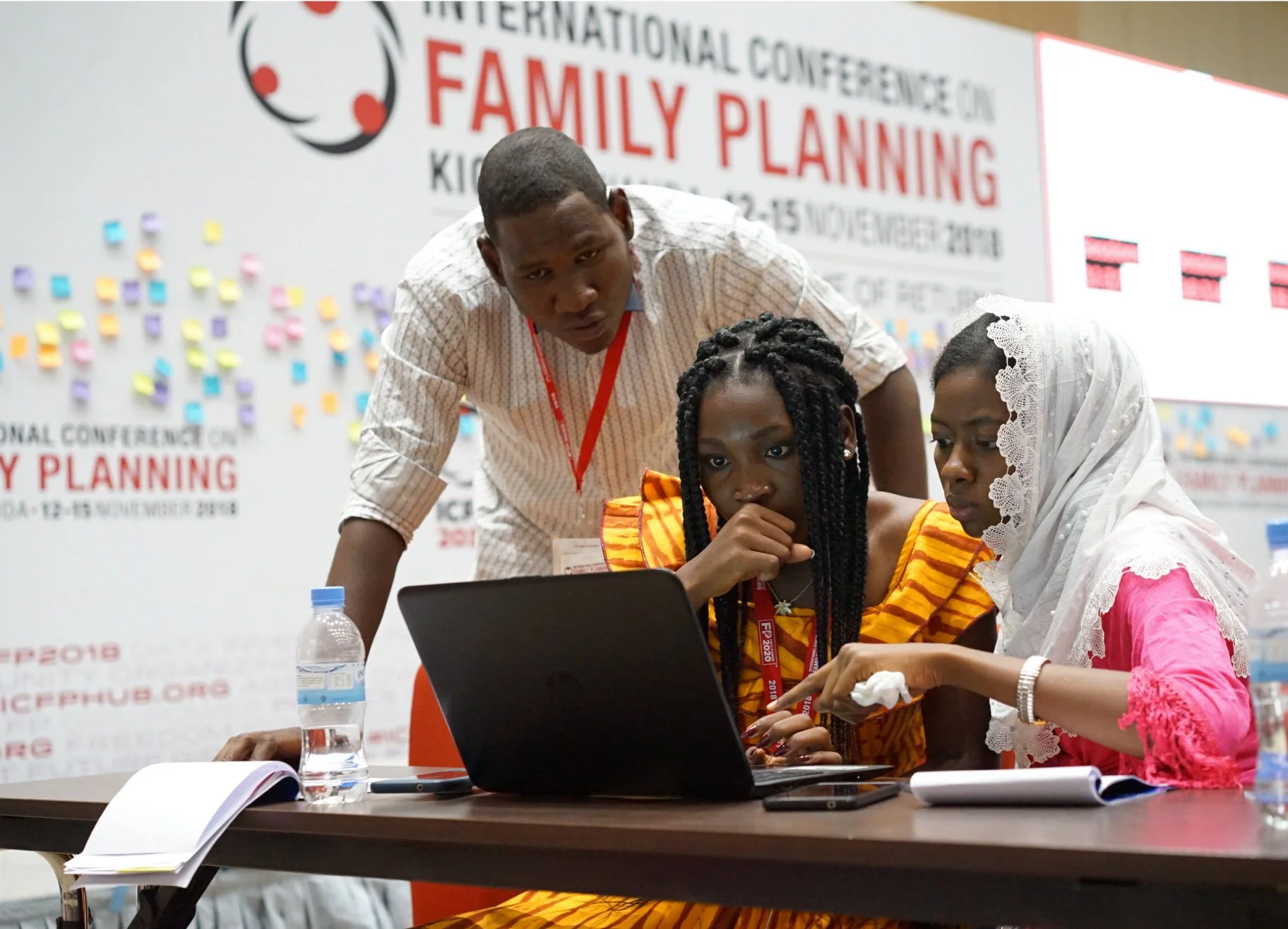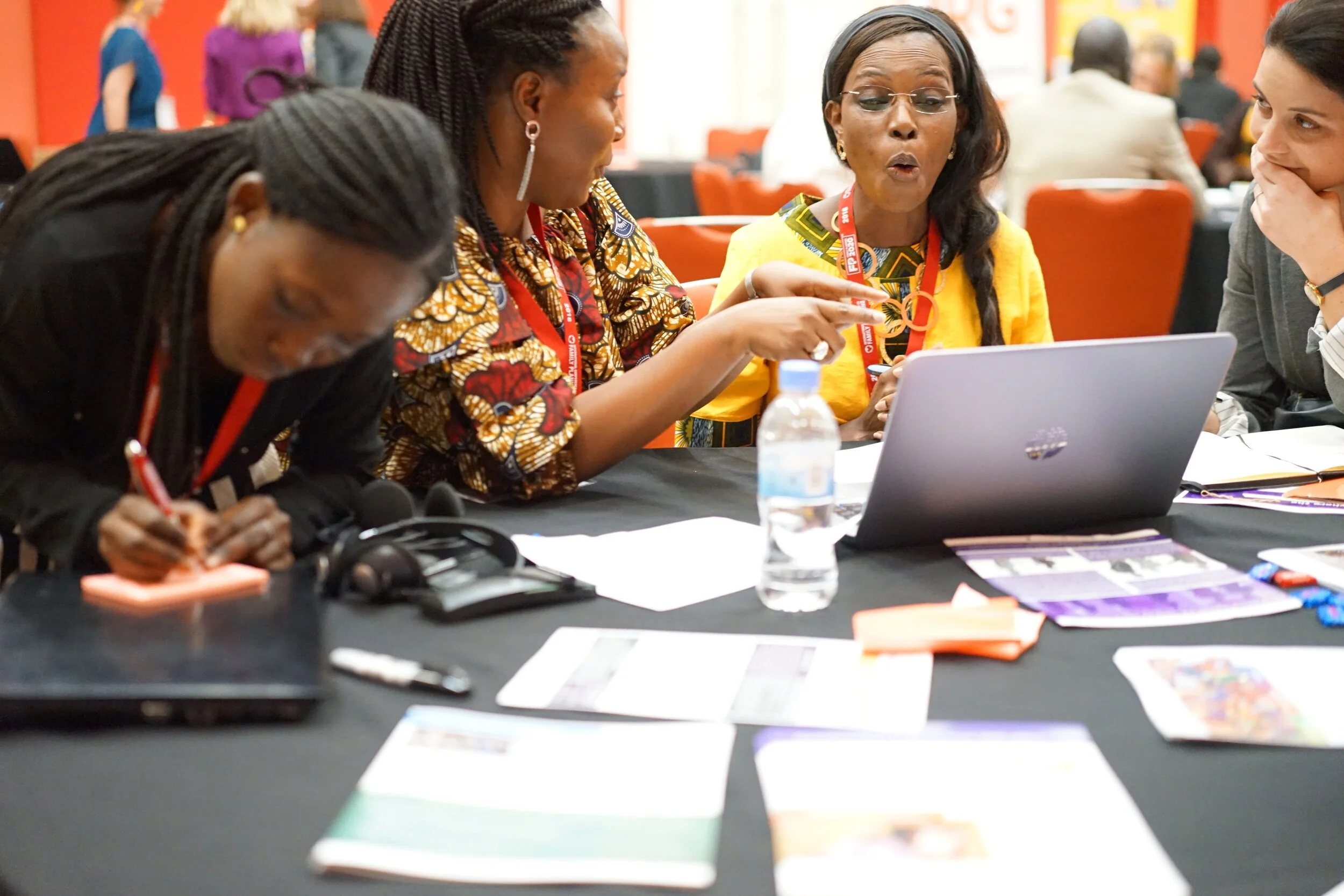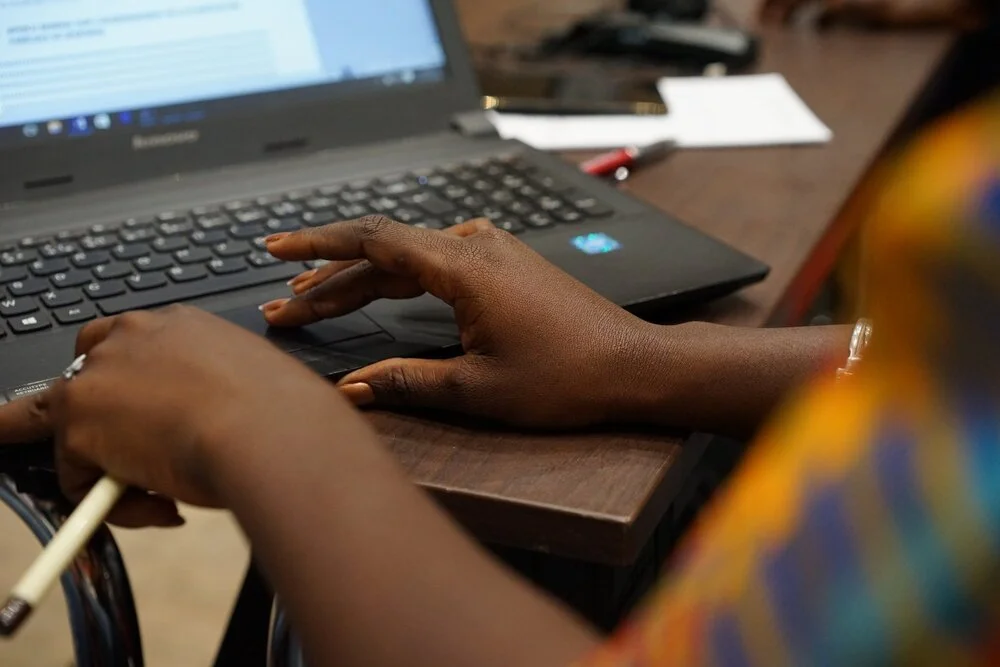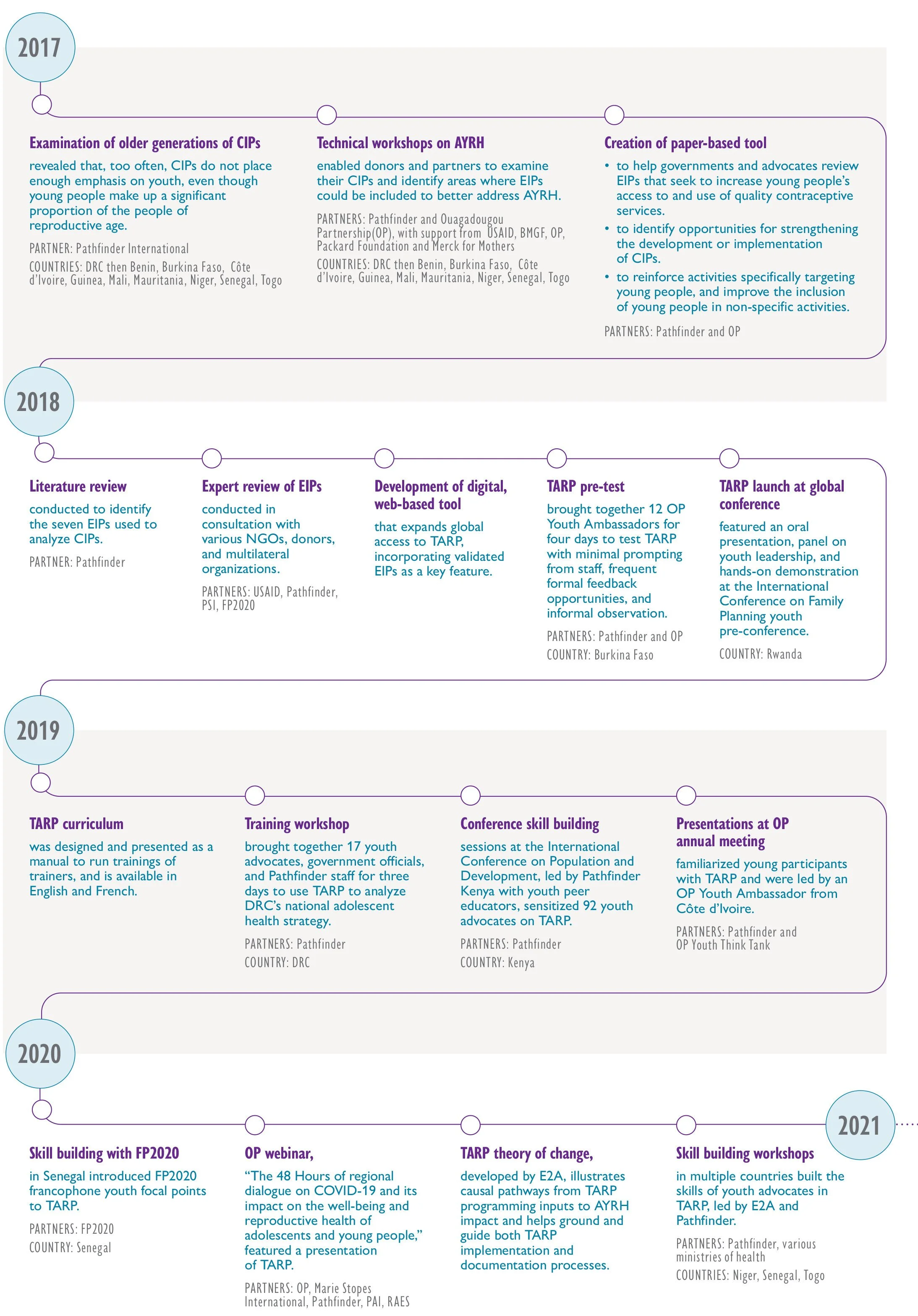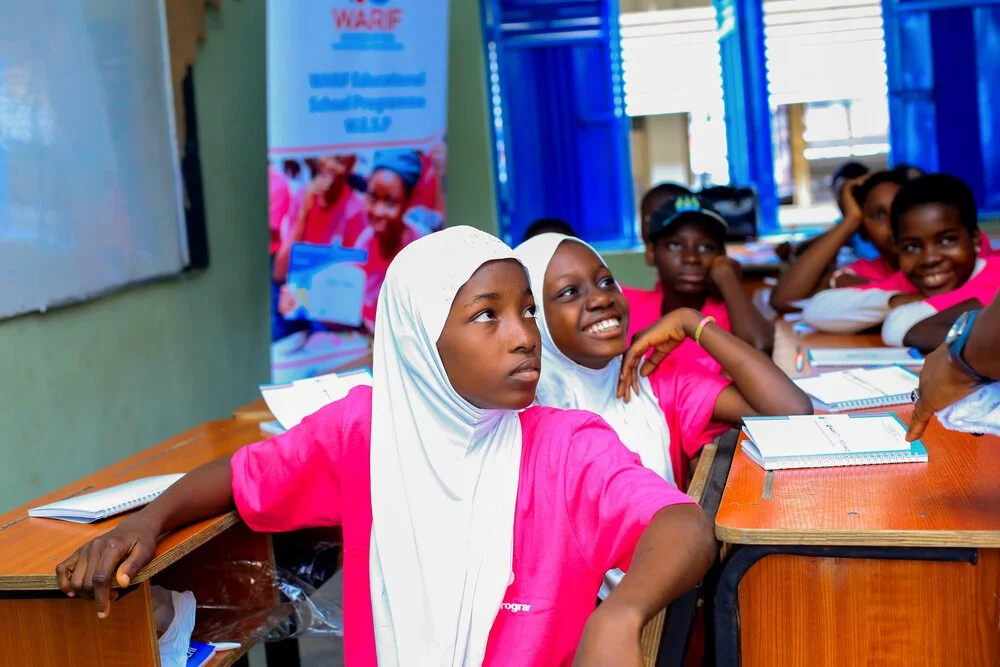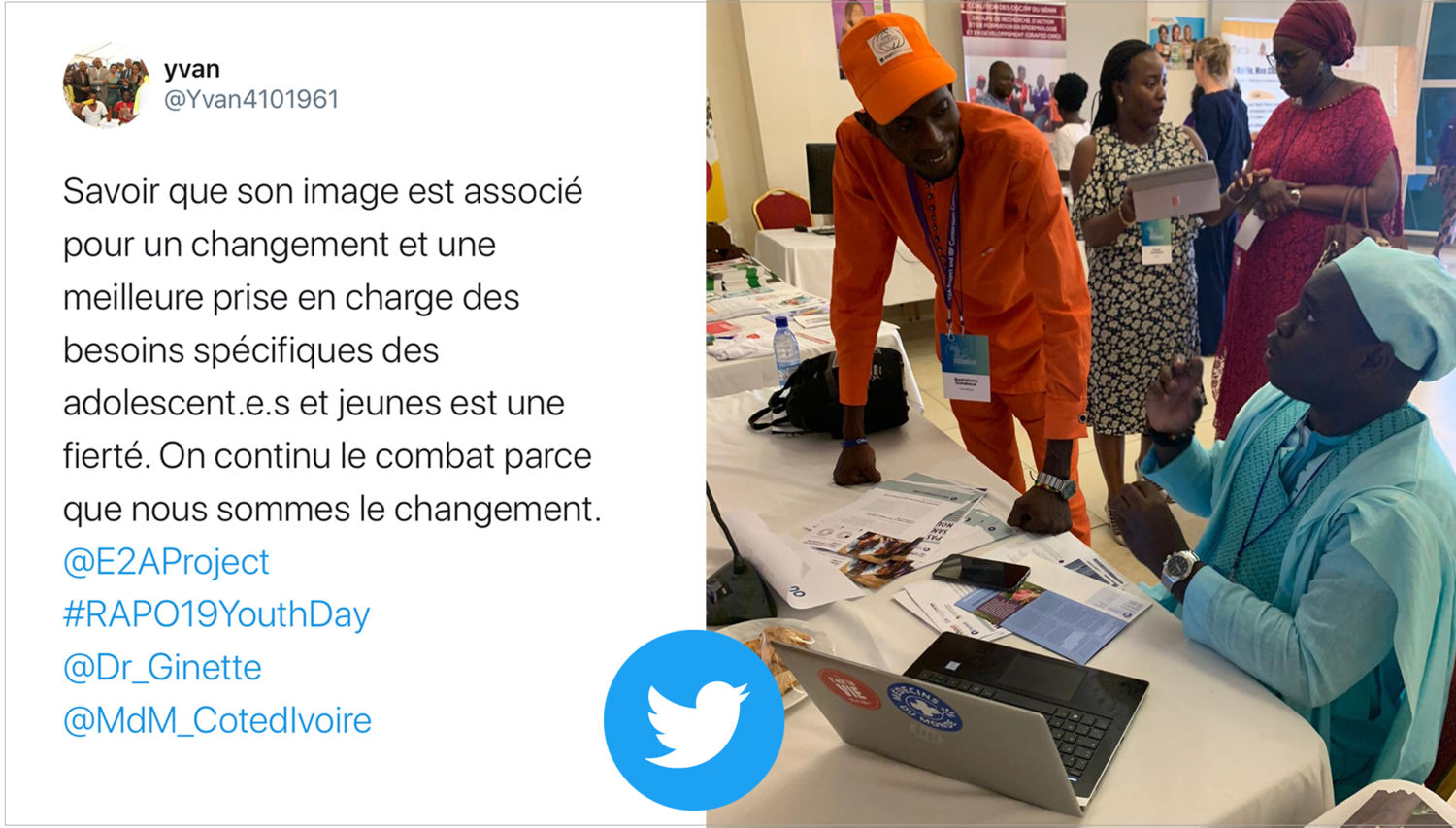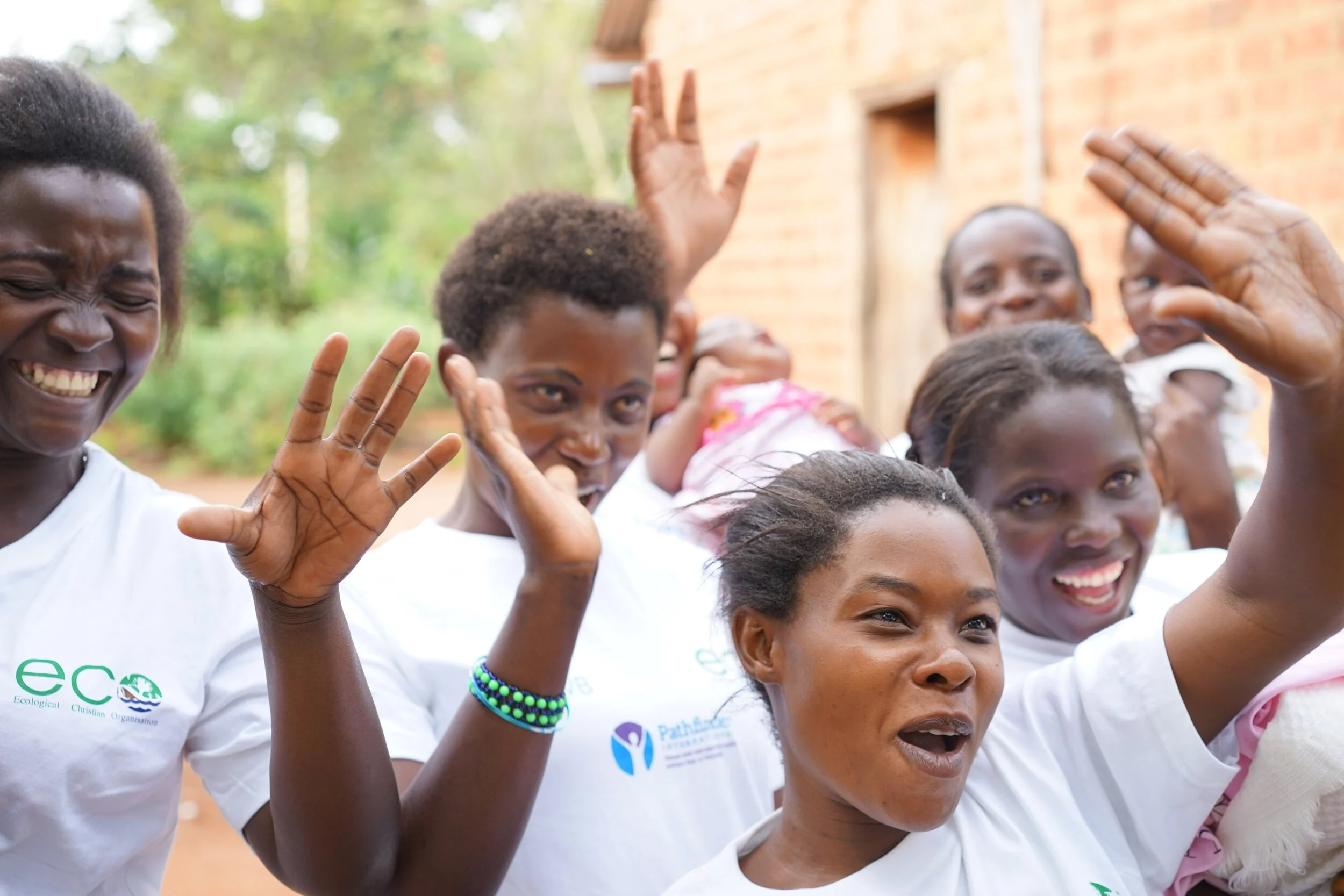Not Without Us!
Youth Advocates Shape National Reproductive Health Strategies
Communications Campaign Goal
Our mission was to increase the visibility and use of an innovative advocacy tool (called “TARP”) developed by the U.S. Agency for International Development’s global flagship family planning project.
TARP is a digital tool that youth advocates—of any age—can use to analyze family planning and reproductive health plans and budgets to determine how responsive they are to the diverse needs of young people (ages 15–24) in a particular setting. This tool offers a clear path toward enhancing meaningful youth participation, strengthening political will, improving policies, and, ultimately, improving the sexual and reproductive health of young people worldwide.
Photo: Maren Vespia
E2A needed more than a promotional campaign. Our communications efforts focused on successfully demonstrating how this tool could benefit our global health target audiences—especially youth advocates, governments, and international donors focused on improving health in low- and middle-income countries—to achieve their own goals.
This tool allowed me to make my advocacy more effective.
—Brady Bilala
Family Planning 2020 Youth Focal Point & Coordinator for the International Youth Alliance for Family Planning
Democratic Republic of the Congo
Swiftline provided overall communications direction for this campaign. Responsibilities included team management; strategic planning; creative content generation (writing, photography, design, video editing, and support for additional creative vendors); capacity building for staff; event management; oversight and maintenance of key platforms; and more. Close collaboration with E2A’s leadership, technical experts, donors, and partners was required—and essential to our success.
1,200 people from 80+ countries registered for a single virtual E2A event on adolescent-responsive health systems, where we highlighted this tool.
Strategic Planning
Identifying target audiences, strategies, and tactics for effectively inspiring their action.
Developing key messages and proof points.
Getting buy-in from internal decision makers as well as external strategic partners and influencers.
Building an editorial/collaborative project management calendar with key campaign dates.
Investing in the collection of quality multimedia as part of the overall campaign budget.
Leading the development and execution of event plans in multiple countries.
For this multi-year, multi-country campaign, we knew early strategic communications planning was critical. So was our commitment to staying flexible and adapting as opportunities and challenges—especially the emerging COVID-19 pandemic—compelled us to shift tactics worldwide. For example, we’d originally planned to feature TARP at numerous in-person events, seizing opportunities for users to try out the tool. As we quickly transitioned to safer, remote alternatives, we identified new creative solutions to ensure our virtual events were useful, hands-on, and inclusive.
Keep scrolling to see a snapshot of key milestones for developing and disseminating the tool, which was originally designed to help users assess the strength of governments’ costed-implementation plans (CIPs)—multi-year actionable roadmaps designed to help achieve national family planning goals—goals that when achieved will save millions of lives and improve the health and wellbeing of women, families and communities. In time, the tool evolved to cover all kinds of plans focused on improving adolescent and youth sexual and reproductive health—enabling users to measure each plan’s strength against evidence-informed practices (EIPs). In response, we expanded our constellation of communications efforts to include new tactics, new partners, and new countries.
Crafting Content
Developing stories from target audience members, including youth leaders, government representatives, and technical experts.
Building a collection of quality photographs, videos, testimonials, and data points.
Creating shareable videos and graphics.
Editing, designing, and disseminating publications, user guides, and flipbooks.
Producing t-shirts, postcards, and other collateral.
Creating interactive presentations for technical experts and youth leaders.
Our content centered dynamic youth advocates in Africa, whose perspectives and experiences were instrumental in creating the tool. We tapped into existing youth and government networks to remotely collect raw footage and stories—safely and at low cost. While the footage was sometimes low-resolution and hard to hear, this approach paid off. The stories were authentic. More youth were able to share their diverse perspectives. And our young partners felt like proud owners of the communications and, ultimately, the tool itself.
We reached target audiences through integrated tactics across priority channels, with a focus on email, web, social media, and events (virtual as well as in-person, socially distanced trainings). We leveraged powerful networks and global audiences of our valued partners to amplify our messages and resources. This collaborative dissemination proved to be one of the most valuable strategies of the campaign.
I helped create this tool, presented it at regional and global conferences, and trained youth advocates of all ages to use it.
—N’gadi Kotchi Yvan
Ouagadougou Partnership Youth Ambassador
Côte D’ivoire
Knowing that my image is associated with change and improvements in meeting the specific needs of adolescents and young people is a source of pride. We continue the fight because we are the change.
—Yvan
True mastery of these plans allows young people to participate in the important conversations that affect their future.
—Dr. Amadou Housseini
Ministry Of Public Health, Department Of Family Planning
Niger
Youth advocates across Burkina Faso, the DRC, Kenya, Niger, Rwanda, Senegal, and Togo used the tool. And that’s just the beginning.
Extending the reach of the tool, the world’s largest family planning bilateral donor—USAID—chose to amplify and promote TARP on social media and through international events of its own. Moreover, the tool was institutionalized and adopted by regional and global leaders, including the FP2030, Ouagadougou Partnership, and Pathfinder International, who are carrying TARP forward now that the E2A project has ended. This is proof of sustainable progress and a major success of the campaign.
